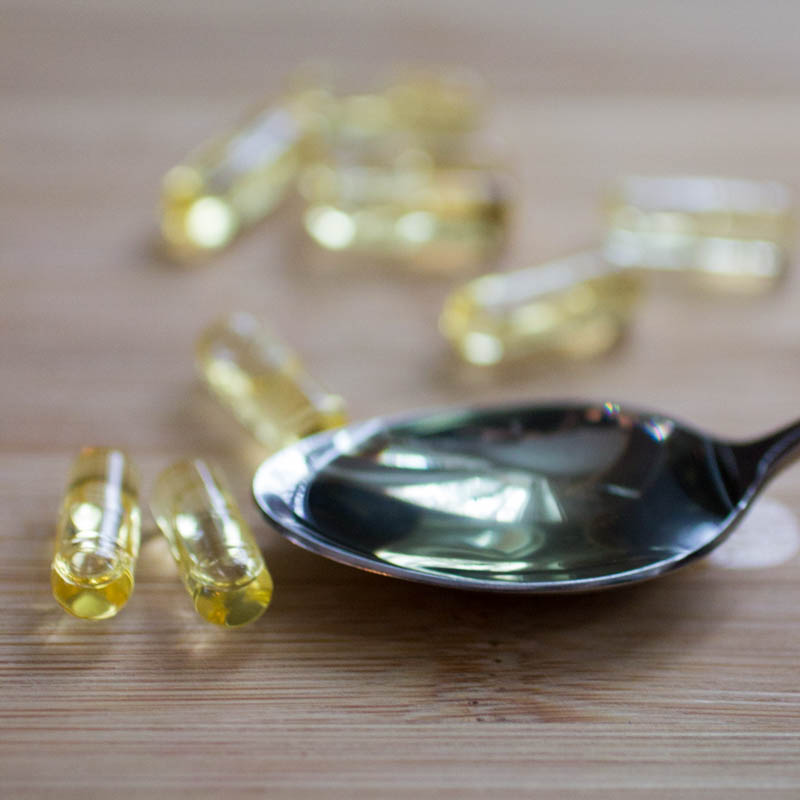Summer is here! For many of us that means more time in the sunshine. Whether you’re spending a day at the beach or enjoying a simple stroll through the neighborhood, there’s a higher likelihood of getting sun exposure in this season than in others. Of course the big question is—-how do protect your skin from harmful UV rays? There is a lot of fear around increased skin cancer risk from overexposure to the sun, and yet conventional sunscreens contain a lot of chemicals that are also concerning. Could your efforts to protect yourself from the sun be doing more harm than good?
If you have been reading the blog for long enough, you know how important it is to be mindful of what you put on your skin. The skin is our largest organ, and the protective outer layer of the body. What some people do not realize is that anything that is applied to the skin can be absorbed right into the bloodstream and other tissues, causing harmful effects such as reproductive issues, allergies, irritation, and yes, even cancer. Sunscreens are extra alarming because they are not only applied to the skin—they can be ingested when applied to the lips or inhaled when sprayed. As a result, it comes as no surprise that the dangerous chemicals in sunscreen have been found in blood samples, breast milk, and other tissues. (1)
Most sunscreens on the market today contain a combination of at least two of the following chemicals in their active ingredients: oxybenzone, avobenzone, octisalate, octocrylene, and homosalate. These chemicals are known endocrine disruptors, can have negative effects on pregnancy, alter hormone levels, and penetrate deep into the skin. There is also no guarantee that they will protect you from the sun’s harmful rays. In fact, many sunscreen brands make false claims that they will protect you from cancer when there is actually no hard data to prove this result. (2)

One of the most surprising things is that some of the sunscreens marketed as “pure,” “clean,” and “high quality” are some of the worst ranked on the Environmental Working Group’s Skin Deep page. This database rates cosmetics and other products based on the safety of ingredients.
Neutrogena tops the list as one of the most harmful sunscreens on the market. Other brands to beware of include:
- Panama Jack Sport Sunscreen Lotion, SPF 50+ & 85
- Neutrogena Sensitive Skin Sunscreen, SPF 60+
- CVS Health Sensitive Skin Sun Lotion, SPF 60+
- Up & Up Sport Sunscreen Spray, SPF 15, 30 & 50
- Panama Jack Sunscreen Spray, SPF 15, 30 & 70
- NO-AD Sun Care Sport Continuous Spray Sunscreen, SPF 50
- Neutrogena Wet Skin Sunscreen Spray, SPF 50 & 85+
- Neutrogena Ultra Sheer Sunscreen Spray, SPF 30
- Neutrogena Ultra Sheer Body Mist Sunscreen Spray, SPF 100+
- Neutrogena Ultra Sheer Dry-Touch Sunscreen, SPF 70, 85+ & 100+
Well now that you know the bad news, lets look options that are safe, truly clean, and friendly for the whole family.
1. Opt for Mineral-Based Sunscreens
Topping the Environmental Working Group’s list of clean, recommended sunscreens for kids and family is Badger. (3) Badger makes sunscreen for both babies and adults and has several different options for sports, hiking (with natural bug repellent), general outdoors use, and more. Radiant Life carries Badger sunscreen for adults and infants. The active ingredient in Badger sunscreens is non-nano zinc oxide and inactive ingredients include sunflower oil, vitamin E, and chamomile oil. These ingredients both protect and truly nourish your skin.
2. Limit Sun Exposure
Spending time in the sun is very important for vitamin D production and overall health and happiness, but it’s important to monitor exposure and make smart choices about clothing. The body actually reaches its full capacity for producing vitamin D in anywhere from 20 minutes to 1 hour midday, depending on skin tone. So after this amount of time, consider covering up using loose, white clothing or by finding shade. Although it may be counterintuitive, white clothing has actually been scientifically proven to help keep the body cooler than wearing no clothing!
3. Consume Adequate Vitamin D
Vitamin D is produced in the body when sun hits the skin. And interestingly having optimal levels of vitamin D in the body can also aid in protection from sunburn. (4) Consider increasing your vitamin D levels with a naturally-derived D3 supplement or by taking cod liver oil. Cod liver oil is high in both omega-3 fatty acids and natural vitamin D3, making it an excellent everyday choice to help prevent harm from sun exposure. (5)
4. Try Astaxanthin
Astaxanthin is one of the most potent antioxidants out there. It is also one of the most powerful and studied carotenoids. Astaxanthin has 6000 times more antioxidant power than vitamin C, making it a great guard against free radicals. The supplement has also been growing in popularity as an “internal sunscreen.” Several trials using human cells have shown that Astaxanthin has a protective effect on the skin. Many people experience skin benefits and an enhanced ability to tan from consuming astaxanthin or an astaxanthin-krill oil blend.
The sun is shining and you don’t have to be afraid to go out and soak it up. With a few preventive measures and a natural, toxic free sunscreen, you can enjoy the beauties of summer.



